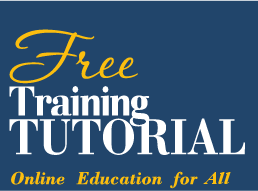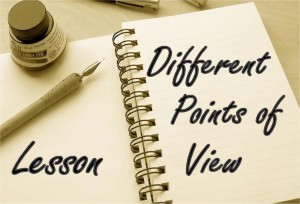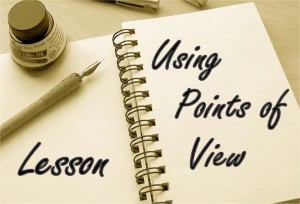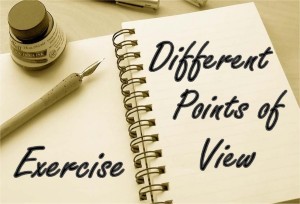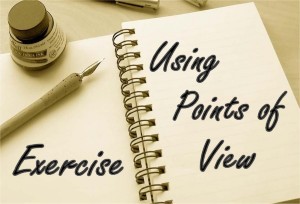In this lesson, different points of view (PoV) will be discussed. There are 1st person, 2nd person, and 3rd person points of view, but student writers will learn the difference of singular and plural PoV, too.
A story must be read in a consistent perspective so that the reader can keep track as to who is talking. Also, it can make the writing readable.
Definitions and several bullet points will follow for the student writer so the lesson will be more understandable.
